
|
|
Font Size:
|
||||
|
|
|
|
||||
STATISTICAL BRIEF #307:
Preventive Care Use by Insurance Status among the U.S. Civilian Noninstitutionalized Adult
Population, Ages 18-64, 2008
Highlights
- Uninsured adults were less likely to have ever received a regular checkup than those who were insured.
- A higher percentage of poor insured adults reported ever having had a blood pressure check compared with poor uninsured adults.
- About one-third of uninsured adults reported ever having received a flu vaccination.
- Only about half of adults who were poor and insured have ever received a flu vaccination.
Introduction
Visiting a health care provider for a regular checkup and/or blood pressure check is part of the common routine for obtaining preventive care and maintaining overall health. These routine visits are not usually prompted by any specific illness or complaint. In recent years, getting a flu shot prior to winter has also become part of the recommended routine. This analysis looks at the extent to which individuals have received these basic health care services, and the impact of insurance status on receiving these services.This Statistical Brief analyzes data from the Medical Expenditure Panel Survey Household Component (MEPS-HC) preventive care questionnaire to estimate the percentage of adults ages 18-64 who have ever received a routine checkup, blood pressure check, and flu shot. All differences discussed in the text are statistically significant at the 0.05 level or better.
Findings
In 2008, over 90 percent (92.7) of insured adults reported ever having received a routine checkup, compared with only about 80 percent (81.5) of those who were uninsured (figure 1). More uninsured females than uninsured males reported having received a routine checkup in the last 1-2 years (59.5 percent versus 40.8 percent).A higher percentage of poor adults who were insured reported having ever received a regular checkup, compared with poor adults who were uninsured (91.2 percent versus 79.3 percent) (figure 2). This difference among insured and uninsured was consistent in other income groups as well, including near poor/low income, 89.9 percent versus 81.4 percent; those with middle incomes, 91.7 percent versus 80.7 percent; and those with high incomes, 94.0 percent versus 86.3 percent.
Uninsured adults had lower rates of having their blood pressure checked by a health provider within last 1-2 years, compared with insured adults (67.9 percent versus 90.8 percent) (figure 3). A higher percentage of poor insured adults reported ever having had a blood pressure check compared with poor uninsured adults (96.8 percent versus 89.8 percent) (figure 4).
Less than one-fifth (18.1 percent) of uninsured adults reported having received a flu vaccination either by shot or nasal spray within the last 1-2 years. This rate was more than double (40.6 percent) among insured adults (figure 5). Among uninsured males and females, a higher percentage of females reported ever having received a flu vaccination compared with males (38.7 percent versus 28.4 percent).
Uninsured adults in all income categories reported ever having received a flu vaccination at lower rates than those who were insured (figure 6). Only about one-third (33.4 percent) of poor uninsured adults reported ever having gotten a flu vaccination compared with little over one-half (52.0 percent) of poor insured adults.
Data Source
The estimates shown in this Statistical Brief are drawn from MEPS public use file, MEPS HC-121: 2008 Full Year Consolidated Data File using questions from the Preventive Care (AP) Questionnaire.Definitions
Routine check-up, blood pressure check, and flu vaccinationQuestions about routine checkups, blood pressure checks, and flu vaccinations are part of MEPS Preventive Care Questionnaire. The questions are: "About how long has it been since (PERSON) had a routine check-up by a doctor or other health professional?"; "About how long has it been since (PERSON) had (PERSON)'s blood pressure checked by a doctor, nurse or other health professional?" and "About how long has it been since (PERSON) had a flu vaccination (shot or nasal spray)?"
Poverty status
Four income groups are defined based on the percentage of the poverty line for total family income, adjusted for family size, and composition. Four categories were used: Poor/negative (less than 100 percent of the poverty line), near poor/low income (100-199 percent of the poverty line), middle income (200-299 percent of the poverty line), and high income (greater than 400 percent of the poverty line) in the year of the data collection.
Health insurance coverage
Individuals 18-64 were classified in the following insurance categories, based on household responses to health insurance status questions:
- Insured: Individuals who, at any time during the year, had insurance that provides coverage for hospital and physician care were classified as having insurance.
- Uninsured: Individuals who did not have insurance coverage at any time during the survey year were classified as uninsured for the full year. People who were covered only by noncomprehensive State-specific programs (e.g., The Maryland Kidney Disease Program) or private single-service plans (e.g., coverage for dental or vision care only, coverage for accidents or specific diseases) were considered to be uninsured.
- Full year insurance status was based on the monthly insurance variables INSJA08X-INSDE08X.
About MEPS-HC
MEPS-HC is a nationally representative longitudinal survey that collects detailed information on health care utilization and expenditures, health insurance, and health status, as well as a wide variety of social, demographic, and economic characteristics for the U.S. civilian noninstitutionalized population. It is cosponsored by the Agency for Healthcare Research and Quality and the National Center for Health Statistics.For more information about MEPS, call the MEPS information coordinator at AHRQ at (301) 427-1656 or visit the MEPS Web site at http://www.meps.ahrq.gov/.
References
For a detailed description of the MEPS-HC survey design, sample design, and methods used to minimize sources of nonsampling errors, see the following publications:Cohen, J. Design and Methods of the Medical Expenditure Panel Survey Household Component. MEPS Methodology Report No. 1. AHCPR Pub. No. 97-0026. Rockville, MD. Agency for Health Care Policy and Research, 1997. http://www.meps.ahrq.gov/mepsweb/data_files/publications/mr1/mr1.shtml
Cohen, S. Sample Design of the 1996 Medical Expenditure Panel Survey Household Component. MEPS Methodology Report No. 2. AHCPR Pub. No. 97-0027. Rockville, MD. Agency for Health Care Policy and Research, 1997. http://www.meps.ahrq.gov/mepsweb/data_files/publications/mr2/mr2.shtml
Cohen, S. Design Strategies and Innovations in the Medical Expenditure Panel Survey. Medical Care, July 2003: 41(7) Supplement: III-5-III-12.
Ezzati-Rice, T.M., Rohde, F., Greenblatt, J. Sample Design of the Medical Expenditure Panel Survey Household Component, 1998-2007. Methodology Report No. 22. March 2008. Agency for Healthcare Research and Quality, Rockville, MD. http://www.meps.ahrq.gov/mepsweb/data_files/publications/mr22/mr22.shtml
Suggested Citation
Soni, A. Preventive Care Use by Insurance Status among the U.S. Civilian Noninstitutionalized Adult Population, Ages 18-64, 2008. Statistical Brief #307. December 2010. Agency for Healthcare Research and Quality, Rockville, MD. http://www.meps.ahrq.gov/mepsweb/data_files/publications/st307/stat307.shtmlAHRQ welcomes questions and comments from readers of this publication who are interested in obtaining more information about access, cost, use, financing, and quality of health care in the United States. We also invite you to tell us how you are using this Statistical Brief and other MEPS data and tools and to share suggestions on how MEPS products might be enhanced to further meet your needs. Please e-mail us at mepspd@ahrq.gov or send a letter to the address below:
Steven B. Cohen, PhD, Director
Center for Financing, Access, and Cost Trends
Agency for Healthcare Research and Quality
540 Gaither Road
Rockville, MD 20850
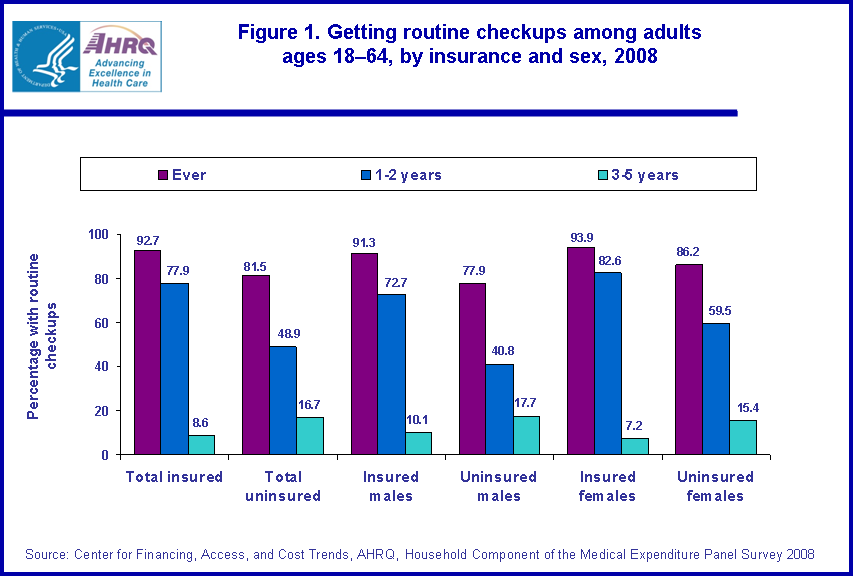 |
||||||||||||||||||||||||||||||||||||||||||
|
||||||||||||||||||||||||||||||||||||||||||
|
|
||||||||||||||||||||||||||||||||||||||||||
 |
||||||||||||||||||||||||||||||||||||||||||
|
||||||||||||||||||||||||||||||||||||||||||
|
|
||||||||||||||||||||||||||||||||||||||||||
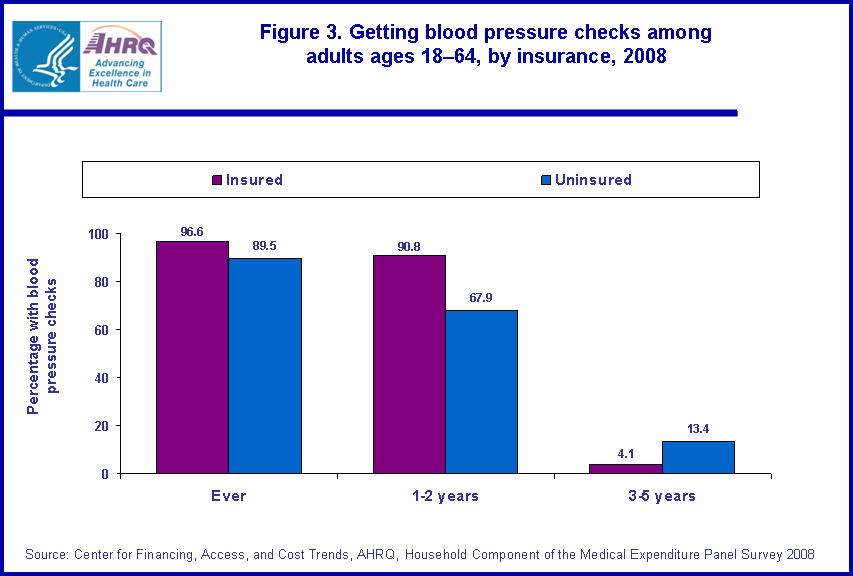 |
||||||||||||||||||||||||||||||||||||||||||
|
||||||||||||||||||||||||||||||||||||||||||
|
|
||||||||||||||||||||||||||||||||||||||||||
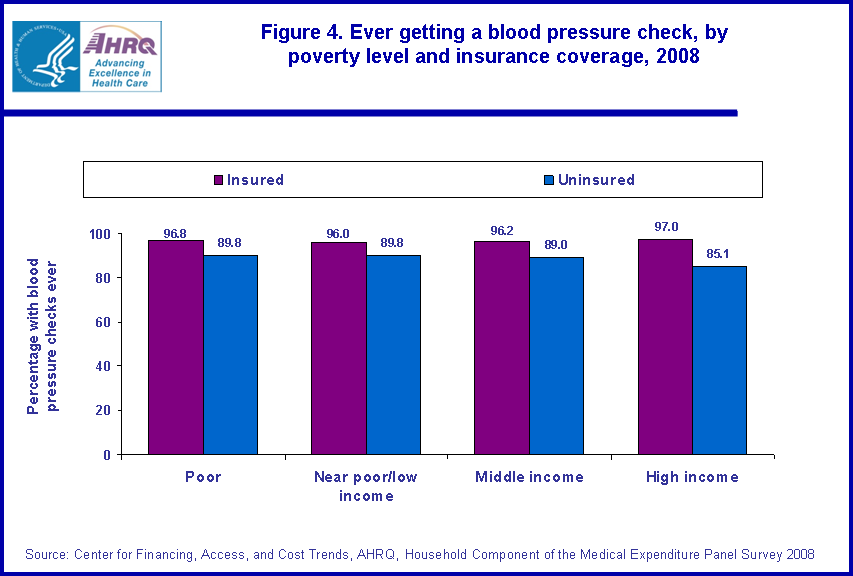 |
||||||||||||||||||||||||||||||||||||||||||
|
||||||||||||||||||||||||||||||||||||||||||
|
|
||||||||||||||||||||||||||||||||||||||||||
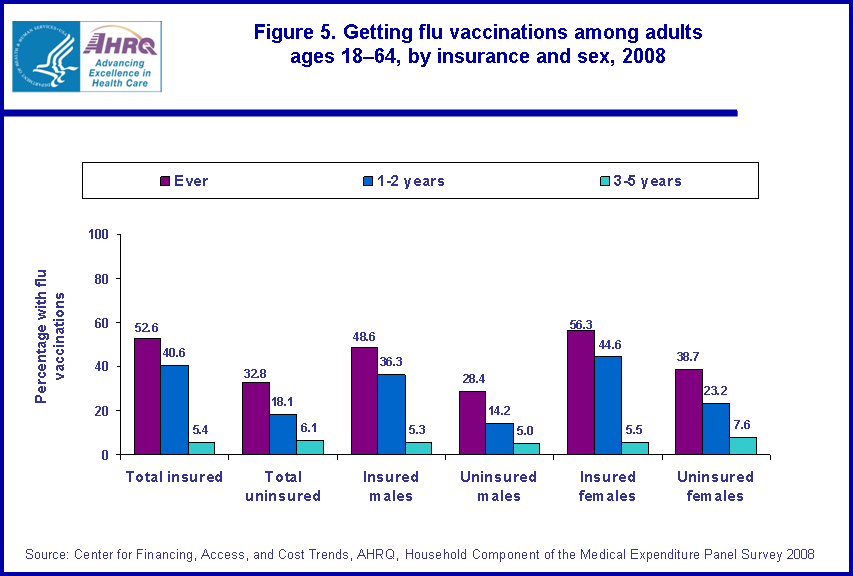 |
||||||||||||||||||||||||||||||||||||||||||
|
||||||||||||||||||||||||||||||||||||||||||
|
|
||||||||||||||||||||||||||||||||||||||||||
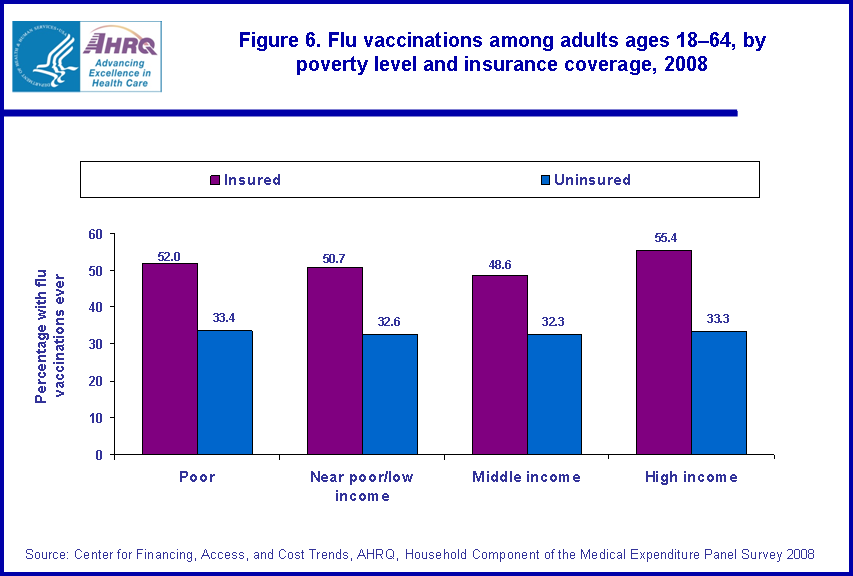 |
||||||||||||||||||||||||||||||||||||||||||
|
||||||||||||||||||||||||||||||||||||||||||
|
|
||||||||||||||||||||||||||||||||||||||||||


